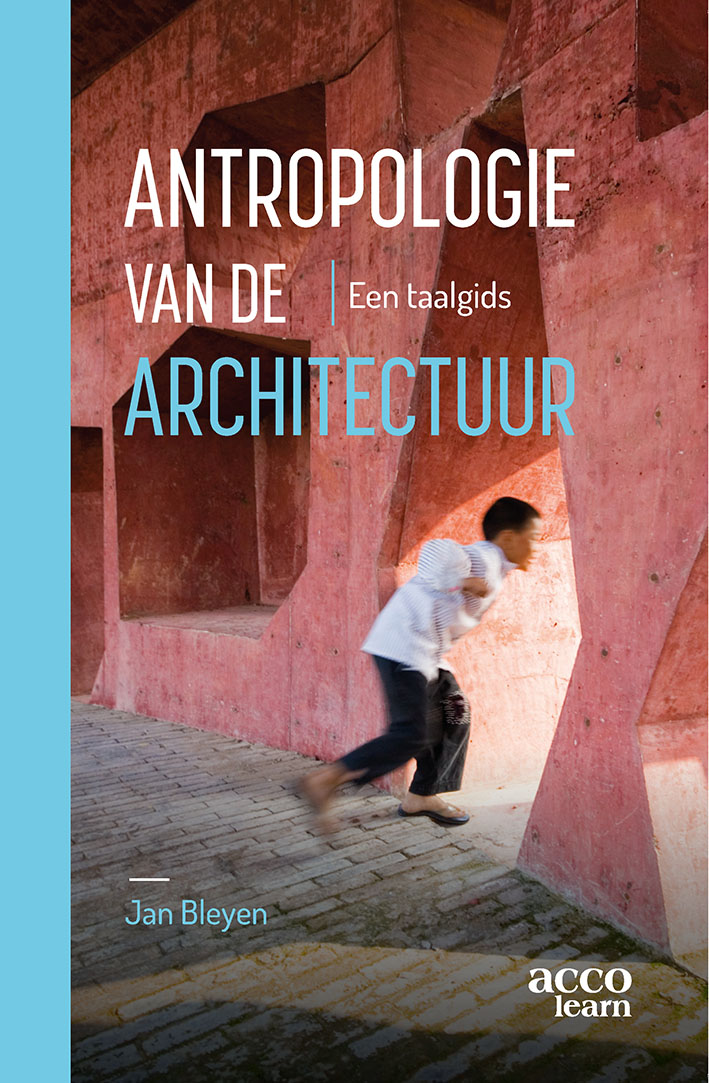NL: Antropologie van de architectuur, een taalgids (Jan Bleyen) biedt aan de hand van begrippen uit de sociale wetenschappen houvast aan al wie te maken krijgt met de gebouwde omgeving, niet het minst als ontwerper. De taal van antropologen—met woorden als agency, identiteit, ritueel of traditie—biedt inspiratie om na te denken over de vele, diverse manieren waarop we architectuur ervaren.
Zo wapenen de concepten in dit boekje, vergezeld van beschouwingen en concrete voorbeelden, jou in de praktijk om relevant en op mensenmaat werk te leveren. De antropologische taal kan je immers helpen oog te hebben voor de minder zichtbare kant van architectuur: voor het landschap van betekenissen, verhalen en praktijken. Lees meer.
Jan Bleyen is doctor in de geschiedenis. Aan de Faculteit Architectuur aan de KU Leuven (Campus Sint-Lucas Gent en Brussel) doceert hij het opleidingsonderdeel Mens en Maatschappij, en begeleidt hij de Leerlijn schrijven. De interdisciplinaire rijkdom van de antropologie verkende hij eerder in het vak Antropologische geschiedenis, en paste hij toe in zijn onderzoek naar de materiële cultuur van rouw en verlies (De dood in Vlaanderen, Doodgeboren) en de handleiding oral history (Wat is mondelinge geschiedenis?).
//
EN: Anthropology of architecture, a language guide (Jan Bleyen) uses concepts from the social sciences to provide guidance to anyone who has to deal with the built environment, not least as a designer. The language of anthropologists – with words like agency, identity, ritual, or tradition – provides inspiration to reflect on the many, diverse ways we experience architecture.
In this way, the concepts in this booklet, accompanied by considerations and concrete examples, arm you in practice to deliver relevant and human-sized work. After all, the anthropological language can help you to have an eye for the less visible side of architecture: for the landscape of meanings, stories and practices. Read more.
Jan Bleyen is a Doctor of History at the Faculty of Architecture at KU Leuven (Campus Sint-Lucas Ghent and Brussels). He teaches the Human and Society course. He previously explored the interdisciplinary richness of anthropology in the Anthropological History course, and applied it in his research into the material culture of mourning and loss (De dood in Vlaanderen, Doodgeboren) and the oral history manual (Wat is mondelinge geschiedenis?).

